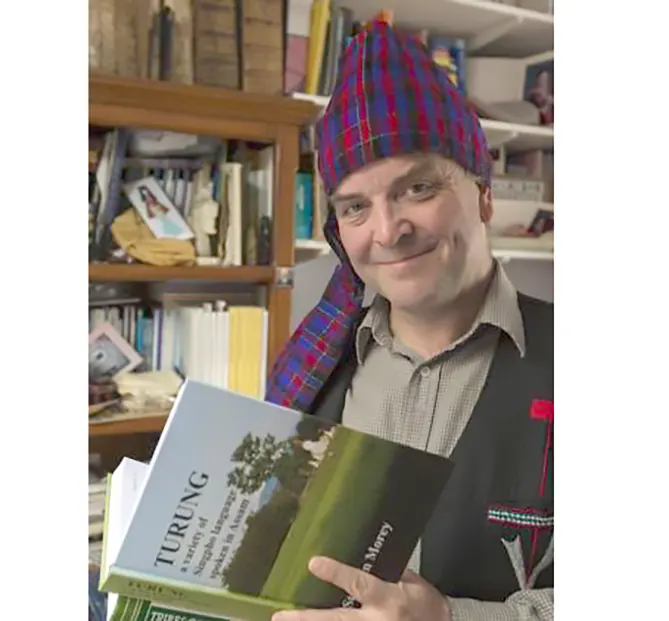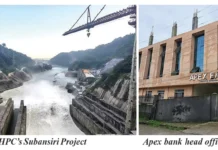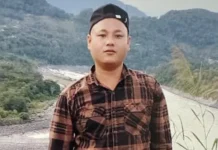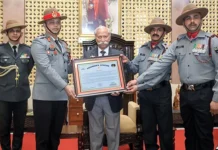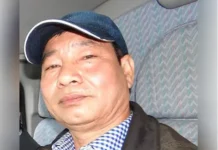[ Tom Simai ]
Dr Stephen Morey, a 65-year-old linguist and lecturer, has devoted decades to preserving the Tangsa language. Originally from Melbourne, Australia, he taught at La Trobe University until his retirement on 5 November. Dr Morey’s enduring fascination with Northeast India began in 1996, marking 28 years of tireless efforts to document and conserve its linguistic heritage.
Dr Morey’s dedication involves wandering from house to house and village to village, digitally recording stories, traditional songs, and languages in audio and video formats. Recording in digital format was a significant step because, in tribal societies, history is passed down verbally through generations due to the absence of a written script. As these communities increasingly interact with the modern world, their dialects risk dilution, with ancient words replaced by modern terms from dominant languages. His documentation not only preserves these dialects but also creates a bridge for younger generations to reconnect with their linguistic roots.
Despite the changing linguistic landscape, traditional songs retain their original essence. The lyrics, composed centuries ago, continue to be sung in their original form, preserving a valuable cultural heritage. Dr Morey has noted that these songs are not merely artistic expressions but also oral repositories of the tribes’ historical and cultural narratives.
One of the most challenging aspects of preserving Tangsa language lies in their diversity. The Tangsa do not have a singular language but rather a multitude of dialects, with each sub-tribe speaking a distinct variant, often markedly different from the others. The linguistic diversity adds complexity and makes documentation and preservation a daunting yet enriching task. Each dialect represents a unique worldview and way of life.
Over nearly three decades, Dr Morey has worked tirelessly to digitise his research, making it accessible to a wider audience through social media platforms like Facebook and YouTube. His efforts have ensured that his extensive collection of recordings is archived for posterity.
Through his YouTube channel, Dr Morey shares video recordings, providing invaluable resources to linguists, cultural enthusiasts, and the Tangsa communities alike. His advocacy for the inclusion of the Tangsa script, developed by Lakhum Mossang in Unicode underscores his broader vision of integrating tribal languages into modern digital ecosystems.
In addition to publishing academic articles, Dr Morey delivers lectures on linguistic preservation. He has also supervised PhD students, such as Poppy Gogoi and Syed Iftiqar Rahman, whose theses focus on linguistic documentation and analysis.
Dr Morey’s remarkable contributions extend beyond Tangsa language. He has made significant efforts to document and preserve other endangered languages in Assam and Arunachal Pradesh, including Tai Ahom, a language of historical significance to the Ahom kingdom.
In recent years, Dr Morey has shifted his focus to Tangsa (Arunachal) and Tangshang (Myanmar) languages spoken across the India-Myanmar border. Despite the logistical and political challenges posed by the transboundary nature of these dialects, his remarkable accomplishments in just a few years are a testament to his unparalleled dedication. From advocating for linguistic preservation to documenting endangered dialects, Dr Morey’s efforts exemplify the importance of safeguarding linguistic diversity in a rapidly globalising world. His life’s work is a poignant reminder of the power of language as a vessel for history, identity, and connection, and it inspires others to champion the cause of linguistic and cultural preservation.

